 |

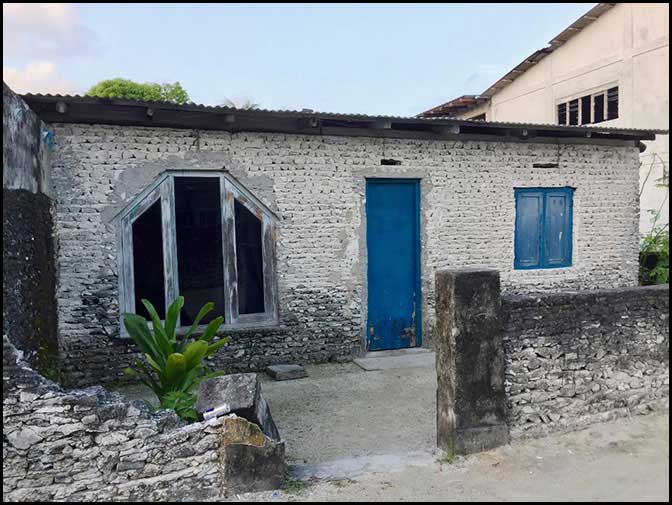


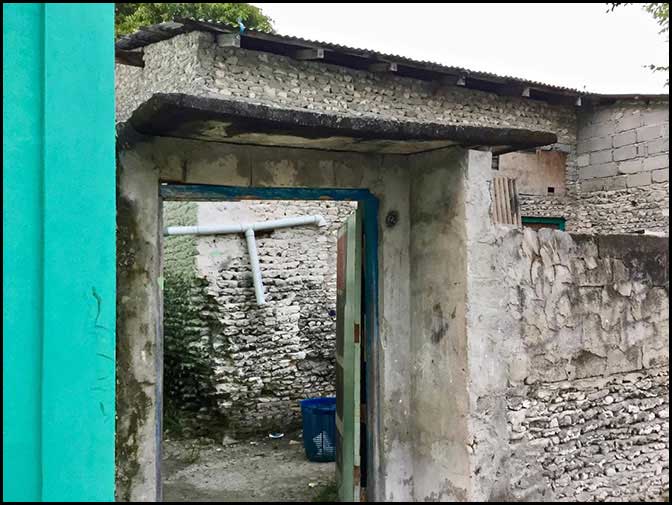
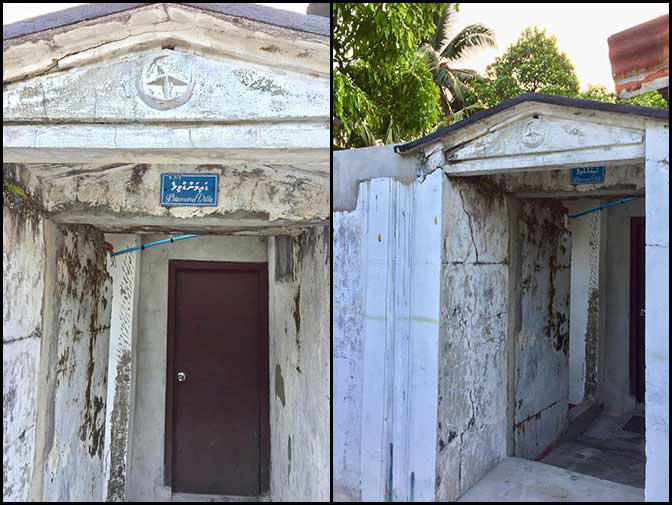
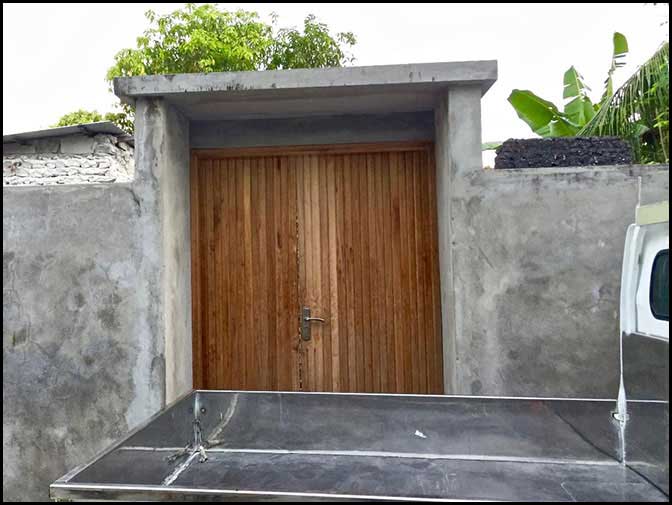
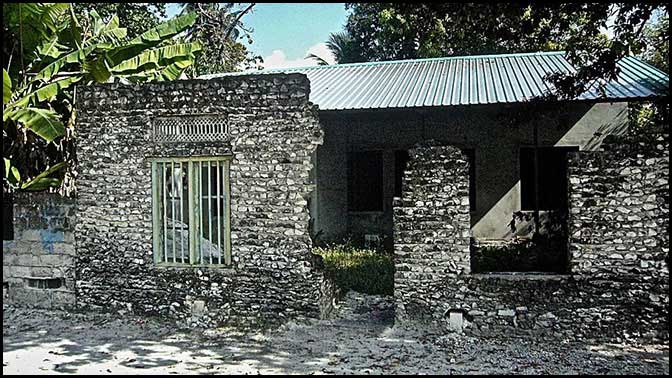
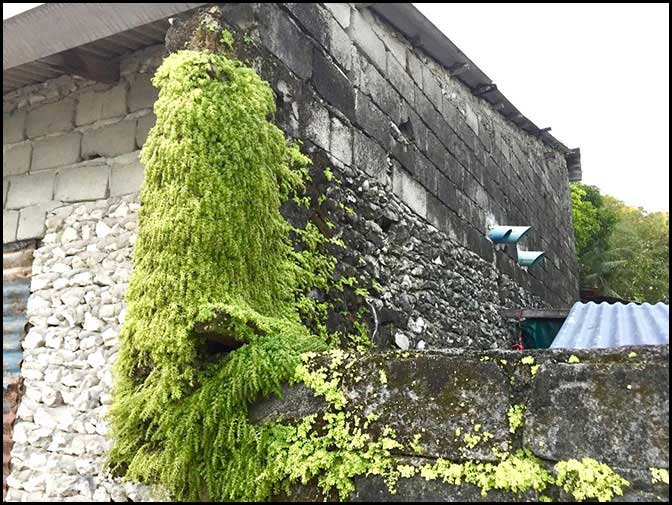

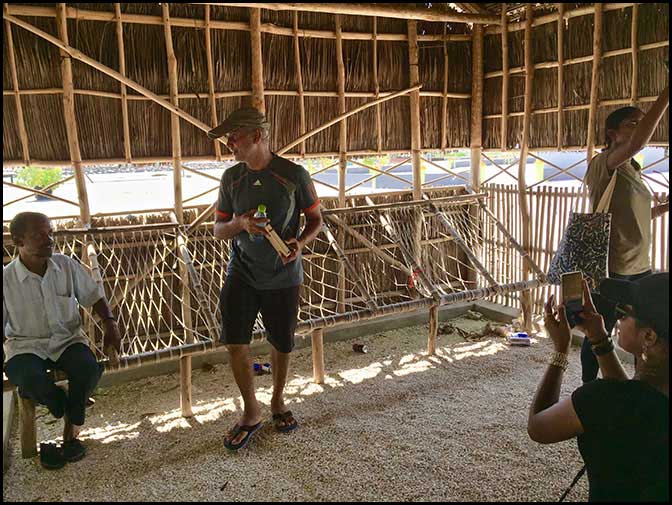
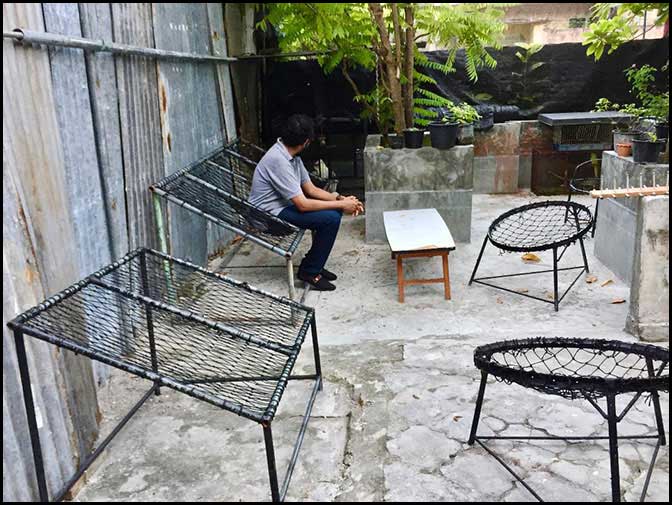
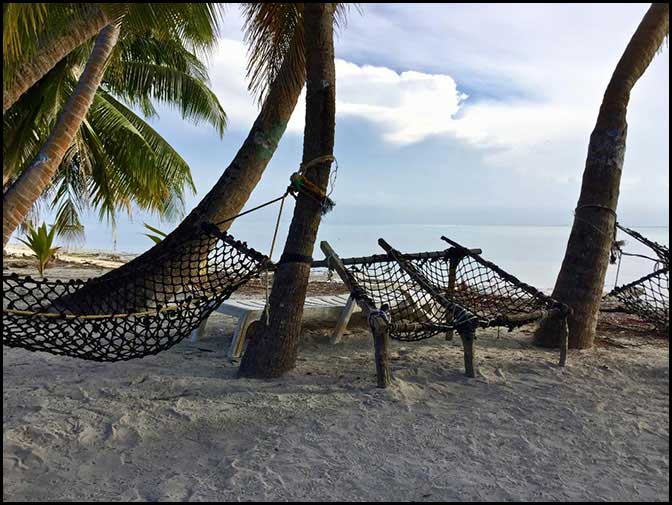
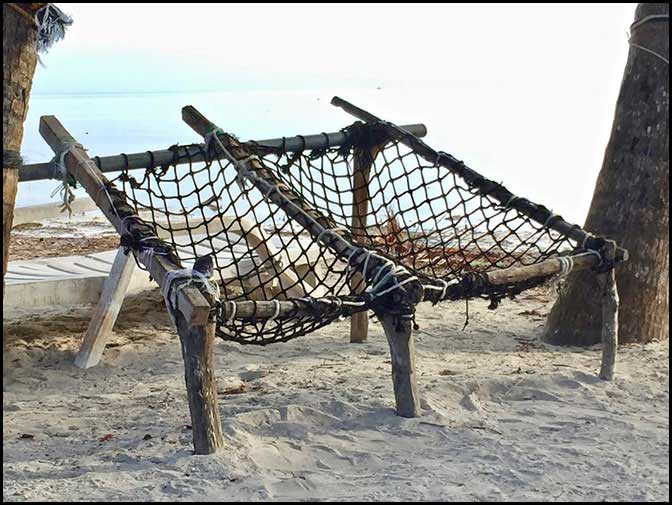





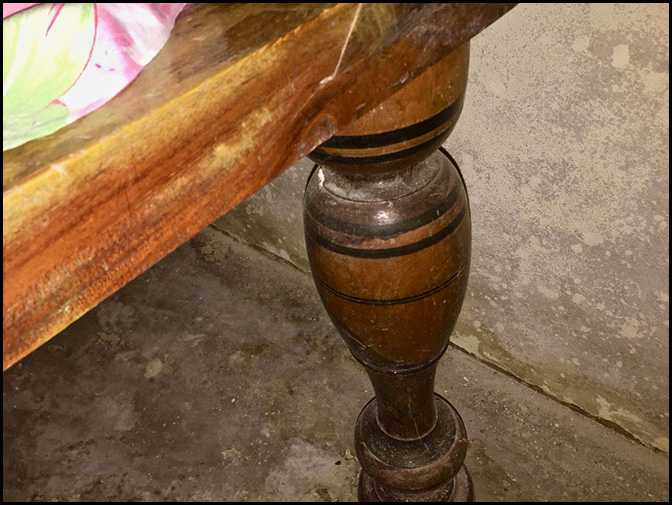

Coral stone is the traditional and prevalent building material in the islands and a cement and sand mixture is used to secure the coral stones. The selected stones are of varying shapes and sizes but conform to a standardized size needed to build the exterior walls of houses, and to build the half walls that define the compounds. Coral stone is not mined for the sea. The earliest building construction used a lime mixture instead of the cement and can be recognized by a whiter color between the coral stones, and the more recent buildings have used cement and the color is a medium grey. Today the old methods are not used, and concrete bricks are added to make repairs and extensions to the walls. These standard concrete molded bricks are made in concrete mixer using water, cement and imported broken granite rocks. One can see these extensions as they are often left unpainted. The buildings reflect a lot of light and the roads are made of coral sand, giving the town clusters a unique charm. Some of the houses are painted in lively bright colors. Observation on social behavior show that privacy is respected and most family life is behind the boundary walls.
Chairs: A special type of string seat is used and perhaps unique to the Maldives. Originally the supporting framework was made of bamboo or solid cane about 1 ½ inches diameter to construct the frame and secured with fine coir rope to hold the ends tight. Old bamboo frames have been replaced by heavy gauge PVC tubing. The string is either a fine coir string or a nylon string to support the back and sitting surface. Not unlike a hammock chair. These are made into two or more individual seats set on the ground. Often these seats are placed in front of the boundary walls of each house as a place to sit and congregate. Often sheltered by a leafy tree or a brightly flowering bougainvillea vine. These seats are placed under a clump of shady trees, and often at the harbor entrance to the islands. Also these seats are built near the beach and fishing areas placed under a cluster of palm trees for people to congregate. Another single seat is a circular, square or rectangular framed seat that is hung from a branch. Four strong strings are extended from the seat frame and attached to a single rope suspended from the branch. This has a string mesh support and is swing seat. A few hammocks were also seen among the outdoor seating clusters. These are ideal resting area during the heat of the day or used in the evenings.
The traditional swing bed is more formal piece of furniture and found inside some of the old homes. This can be used as a bed or seat for a couple of people. It has a hardwood frame and is attached onto a ceiling beam. The seat frame is strung of fine coir with a light quilt place over it. Or a woven mat is used. Some of these swing beds had flat wood surfaces.
A very old wooden bed with coir string support and turned lacquer work legs comes from a family collection that goes back several generations. Turned lacquer work on wood is an island craft (although not found in Huvadhoo). Also a few loungers or planters chairs with cane supports were seen.
A wooden three-legged stool was seen in one home in Fioari and was said to have been purchased from another island outside of Huvadhoo. This resembles the mukkali ‘S’ shaped three-legged stool used in viharas and kovils in the Kandyan Kingdom and seen in the National Museum Kandy, Sri Lanka.
Molded plastic chairs are everywhere, and are weatherproof and conveniently stackable.

© 2010